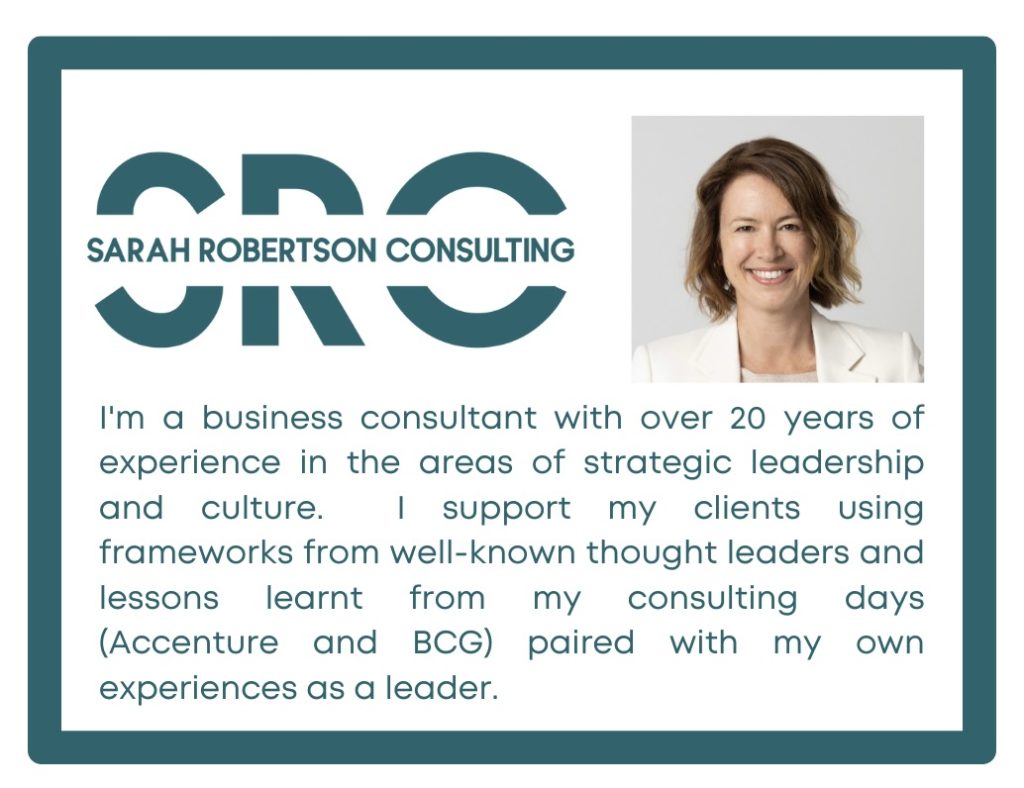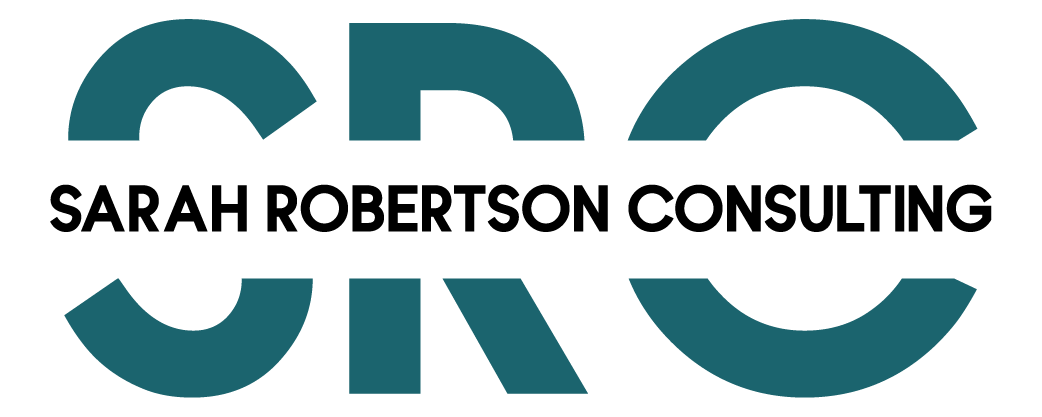Being strategic means balancing a focus on results and execution with the ability to construct a vision, sense changes in the environment, and pivot when needed.
It’s important to be able to consistently manage the business, keeping things on track, aligning teams and resources to the top priorities, and delivering results and outcomes. That is about hitting targets, being predictable with budgets and managing risks.
But to be a strategic leader, in fact just to demonstrate that you can operate at a senior level, you need to also demonstrate you are open to change, monitoring what’s going on in your external environment and connecting the dots. This means changing course when needed and skilfully taking some risks.
As leaders we need to become good at balancing consistency with agility for strategic leadership.

If a leader overextends on consistency, they create a stale and uninspiring team culture. They miss opportunities and will tend to resist change, preferring the tried and tested ways of doing things. They risk continuing down a path of a bad strategy rather than reading the signals and pivoting.
Alternatively, if a lead over dials on agility they create a lack of focus for their teams resulting in a culture of reacting and firefighting. This approach is equally damaging to the bottom line as results don’t materialise; strategy doesn’t have a chance without a clear and committed focus.
Strategic leaders need to excel at both. However, most people tend to have a stronger preference for one way of operating over the other.
The first step is to recognise which your preference is. Do some self-reflection, seek feedback and consider taking a profiling test (Myers Briggs Type Indicator is good for the distinction between these 2 preferences).
Once you know whether you have a preference for agility or consistency then you can put in structures and support to enhance the other.
To increase your levels of consistency, create processes such as plans, dashboards and milestones and schedule regular meetings with your leader to hold yourself accountable to these. When making decisions try to make them earlier, assess what the risks are and what measurements you will use to monitor them. Communicate your plan widely, this makes it more likely you will stay focused & committed to it.
To increase your agility, create opportunities to hear about changes taking place in the worlds of your customers and stakeholders. Bring in a culture of test and learn, look at what you can experiment with, fail fast and learn from. Team meetings are a great place to have open discussions on these topics. Aim to bring in more than 2 options for any decision and keep your decision open a bit longer than feels comfortable.
If you have the scope to build your own team, you could increase the level of your least preferred way of operating by surrounding yourself with those who excel at it. Then give them full permission to challenge you and hold you accountable to more agility or consistency.
Knowing your personal preference is key, then you can put support and structures in place to balance consistency and agility for strategic leadership.
For workshops and coaching to upskill yourself or your teams in strategic thinking contact me at Sarah Robertson Consulting or book a discovery call.

The matrix of consistency and agility is adapted from “The Best Strategic Leaders Balance Agility and Consistency” on Jan 4, 2017, HBR.org


